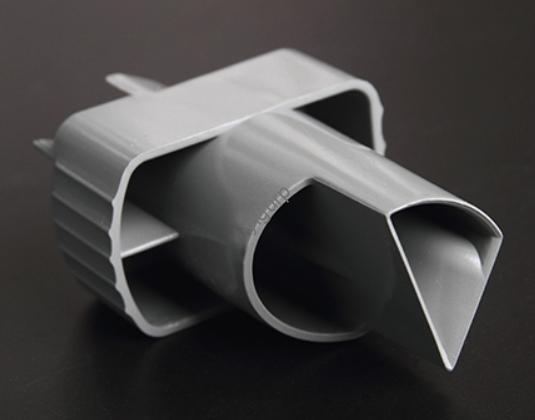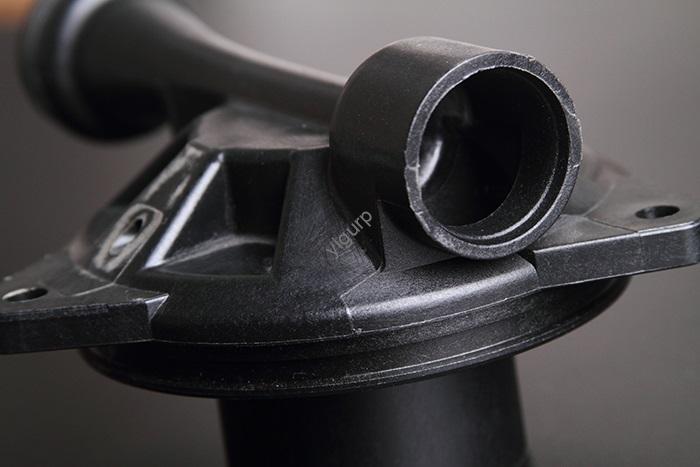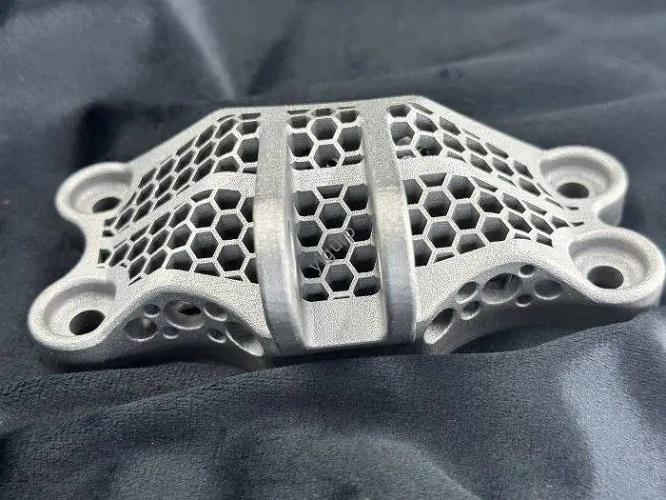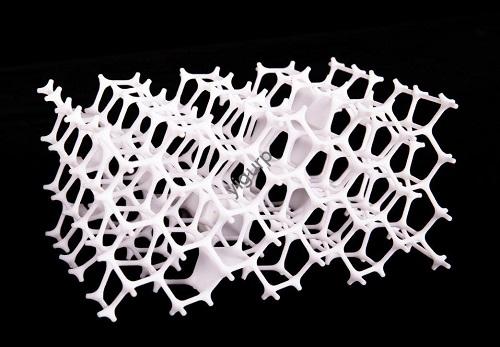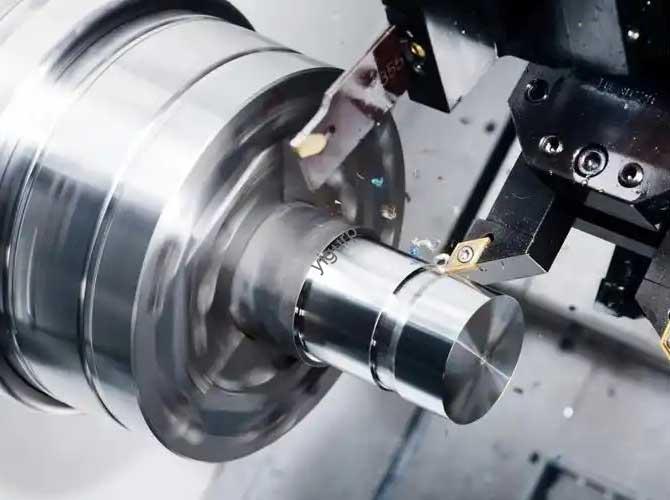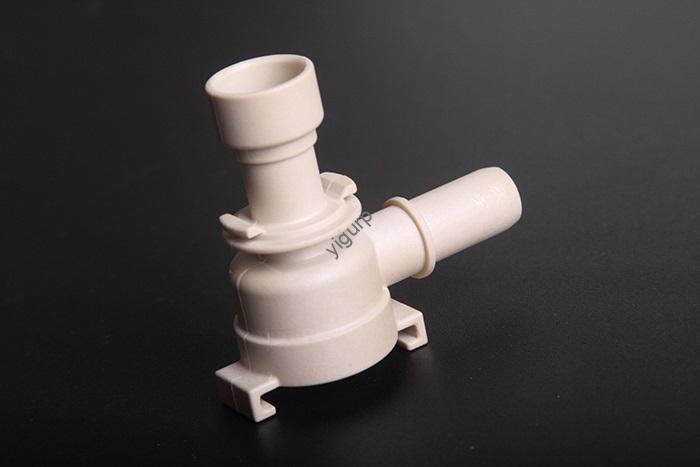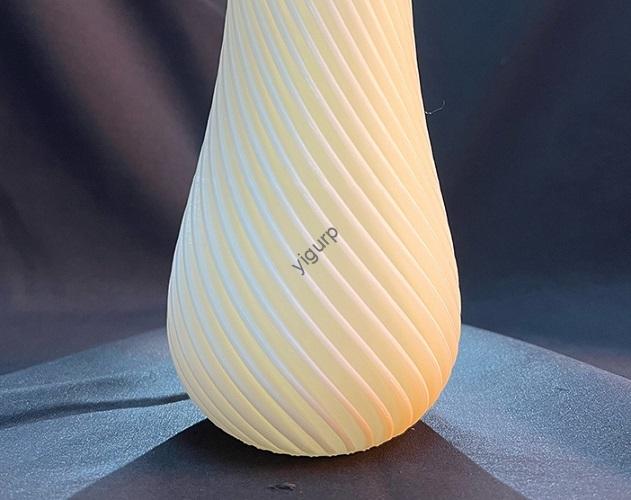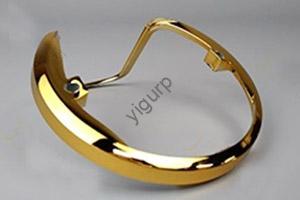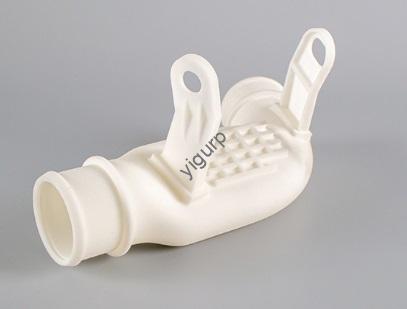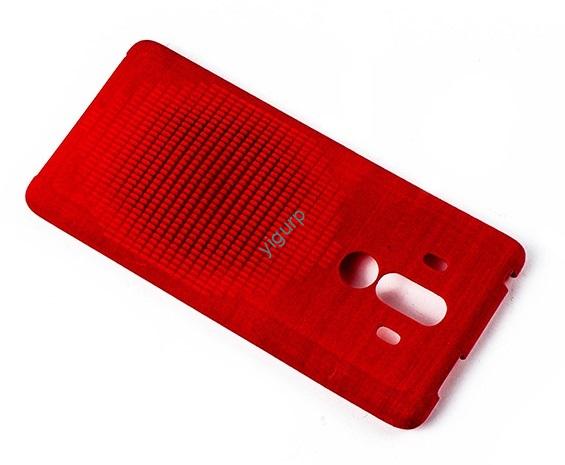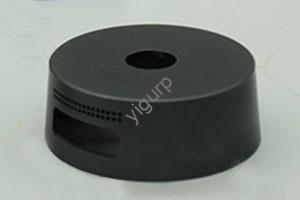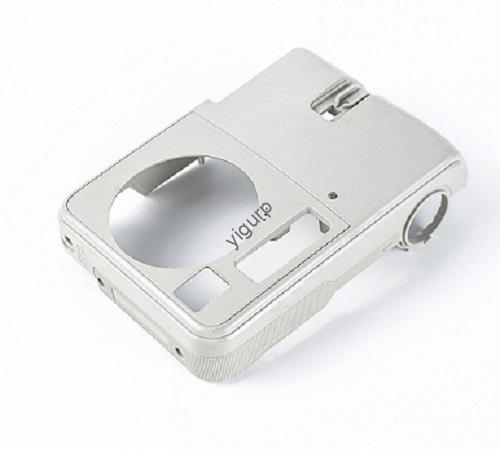3D Printing in the Automotive Industry: Transformations, Applications & Cases
The automotive industry is no stranger to innovation—and 3D printing has emerged as one of its most game-changing tools. Over the past decade, additive manufacturing (the technical term for 3D printing) has moved beyond just prototyping to reshape how cars are designed, built, repaired, and customized. For automakers, suppliers, and even custom shops, understanding 3D printing’s role […]
